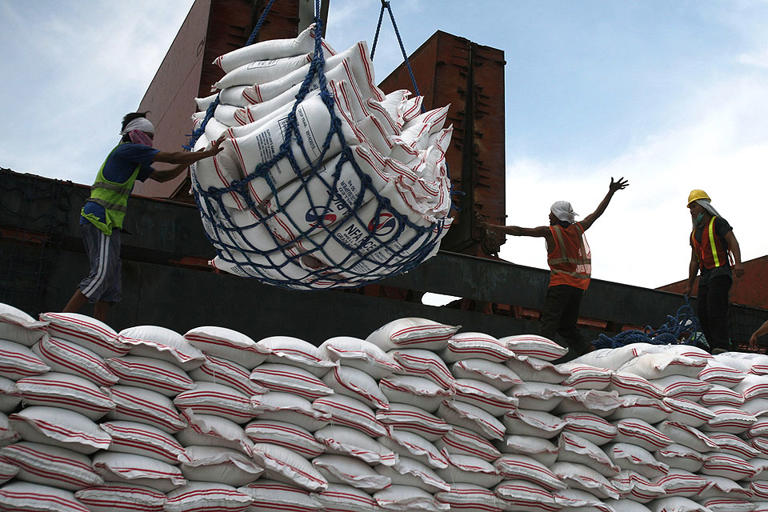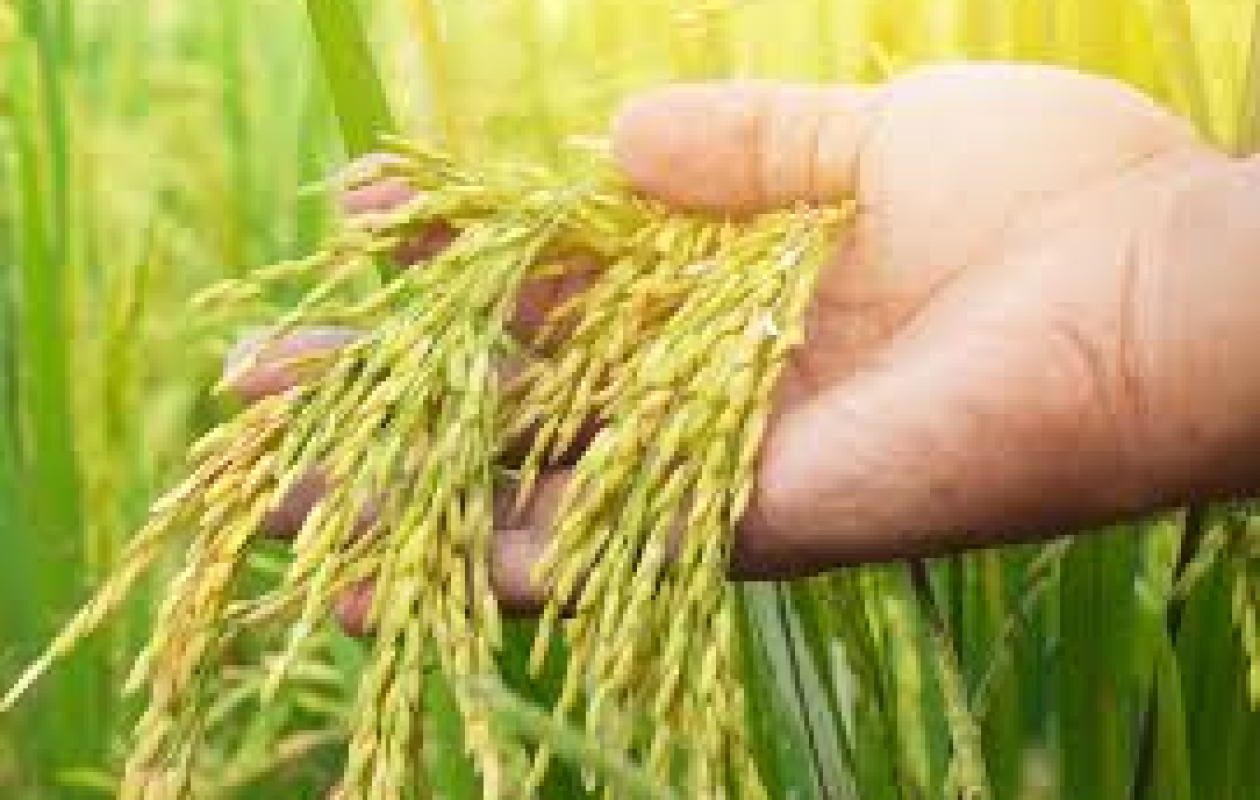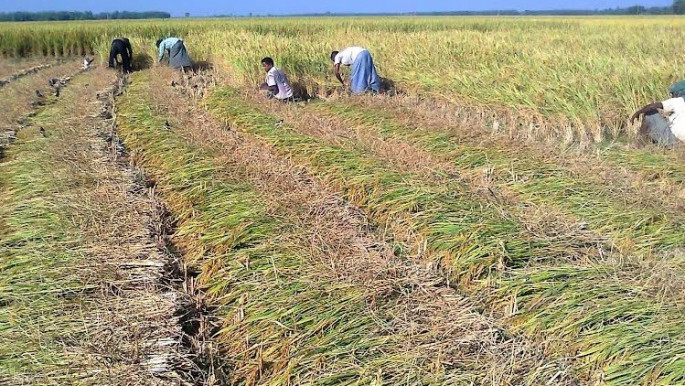Tags
Farmers say delayed action on rice tariffs, prices pushed many into debt, loss
Story by SHERYLIN UNTALAN, GMA Integrated News

The Federation of Free Farmers (FFF) on Tuesday criticized what it called the government’s delay in imposing safeguards for local rice farmers, saying many have already been pushed into debt, with some questioning whether it is still worth planting at all.
“Well on the one hand, nasisiyahan kami dahil at last, kinilala ng gobyerno ang problema at mayroon silang iniisip na hakbang,” said Raul Montemayor, national manager of the Federation of Free Farmers Cooperatives, Inc., in an interview with Super Radyo DZBB.
(On one hand, we’re pleased that the government has finally acknowledged the problem and is considering steps to address it.)
“Pero on the other hand, bakit pinatagal pa nila bago sila gumalaw?… Ngayon halos lahat ng magsasaka, nakapagbenta na sa mas mababang presyo… ngayon lang sila gagalaw. Pero sabi nga namin, better late than never,” he said.
(But on the other hand, why did they wait so long to act? Most farmers have already sold at low prices—this season’s damage has been done. Still, better late than never.)
Montemayor was reacting to the Department of Agriculture’s recent recommendation to gradually raise rice import tariffs up to 35% and temporarily suspend rice importation, with the aim to help stabilize local prices and protect struggling farmers.
But for many, he said, the damage is already done.
“Isang anihan lang na bagsak presyo, hindi makakabayad ng utang. Walang puhunan para makapagtanim ulit,” he said.
(Just one harvest season with low prices and farmers can’t repay their loans. They’ll have no capital left to plant again.)
The FFF also criticized the plan to increase tariffs in phases, warning that such a slow rollout offers little hope for farmers already hanging by a thread.
“Parang kumbaga, isang season pa lang na mahina ang presyo, lubog-lubog na sila… So itong statement ng DA na utay-utayin, parang hindi magandang dating sa magsasaka yan… Dapat immediate and effective solution ang hinahanap.”
(Just one weak season and they’re already buried in losses… So when the DA says they’ll do it gradually, that sends the wrong message. What we need is an immediate and effective solution.)
Montemayor said the DA could have prevented the price crash if it had moved sooner—particularly in April, when rice imports surged and drove farmgate prices down.
“Sabi ko nga, noong Abril pa dapat yan… Makakakolekta pa ng taripa ang gobyerno at hindi lalong mabagsak ang presyo ng palay,” he said.
(Like I said, this should’ve happened back in April… The government could’ve collected tariffs, and palay prices wouldn’t have collapsed.)
Disillusionment grows in the countryside
Beyond lost income, Montemayor said the biggest threat now is the erosion of farmers’ confidence. Without a firm commitment from government, many are considering abandoning rice farming altogether.
“Kailangan nila ng assurance sa gobyerno… Iniisip nila na sa susunod na anihan ganun na naman, e bakit nga naman sila magtatanim pa?” he said.
(They need assurance from the government. If they think the same thing will happen next harvest, why would they plant again?)
“Ang kailangan ng magsasaka ay firm commitment and decisiveness ng government na ayusin ito,” he added.
(What farmers need is a firm commitment and decisive action from government to fix this.)
Support for import freeze—but not a total ban
Montemayor said the FFF supports a temporary halt in rice imports to ease oversupply, but warned against a permanent ban.
“Hindi tayo dapat kulangin, yung sobra lang,” he said.
(We don’t want to face shortages—we only need to address the excess.)
He emphasized that the Philippines still imports about 25% of its rice needs, or around 4 to 5 million metric tons annually—a gap that can’t be closed in just a few planting seasons.
Meanwhile, the proposed tariff hike, Montemayor said, could push import prices higher, allowing traders to offer better prices for local palay.
“Kaya kung taasan ang taripa… makikita na mga trader meron na tayong buwang para makabili ng mas mataas sa magsasaka,” he said.
(So if tariffs are raised… traders will see room to buy from farmers at better prices.)
He also addressed concerns that the tariff could raise retail rice prices, saying traders have enough margins to absorb costs without burdening consumers.
“Noong wala pa tayong crisis… ang diperensya ng retail at import price, mga 13 to 15 pesos per kilo… Alam mo magkano ngayon yung margin na iyon? 22 pesos. Kung hindi nila kaya [disiplinahin ang trader], huwag nilang ipapasa ang problema sa magsasaka,” he stressed.
(Before the crisis… the price gap between retail and imported rice was 13 to 15 pesos per kilo… Now it’s 22 pesos. If they can’t discipline the traders, they shouldn’t pass the burden onto the farmers.) — BM, GMA Integrated News
https://www.msn.com/en-ph/money/economy/farmers-say-delayed-action-on-rice-tariffs-prices-pushed-many-into-debt-loss/ar-AA1JX6TfPublished Date: August 6, 2025






